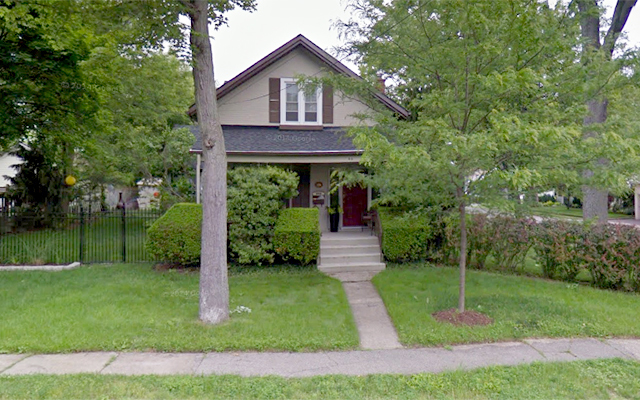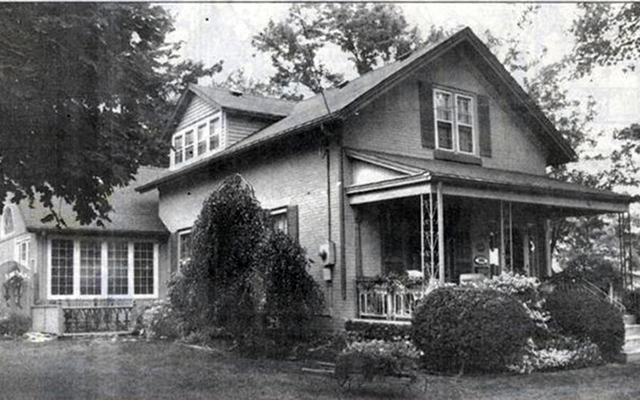Bridgetender’s House
Constructed circa 1855 by William Page, this small, one-and-a-half-storey house built of Hooker brick was one of the earliest brick houses in Welland.
It exhibits an eclectic mix of mid-19th century detail, including a Greek Revival front gable, Neoclassical entrance and windows of six over six panes, and two sets of Regency-style French doors of sixteen panes on the south and east sides.
The interior of the house’s main section retains much of its original wood trim, doors, and hardware, including Classical Revival eared jambs typical of the 1850s in the front hall and living room.
Contact
- Heritage Advisory Committee
- Civic Square,
60 East Main St., Welland, ON L3B 3X4 - info@wellandheritage.ca

